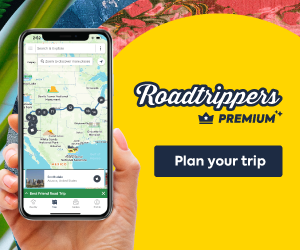Exploring Voyageurs National Park: A Journey Through Minnesota's Wilderness
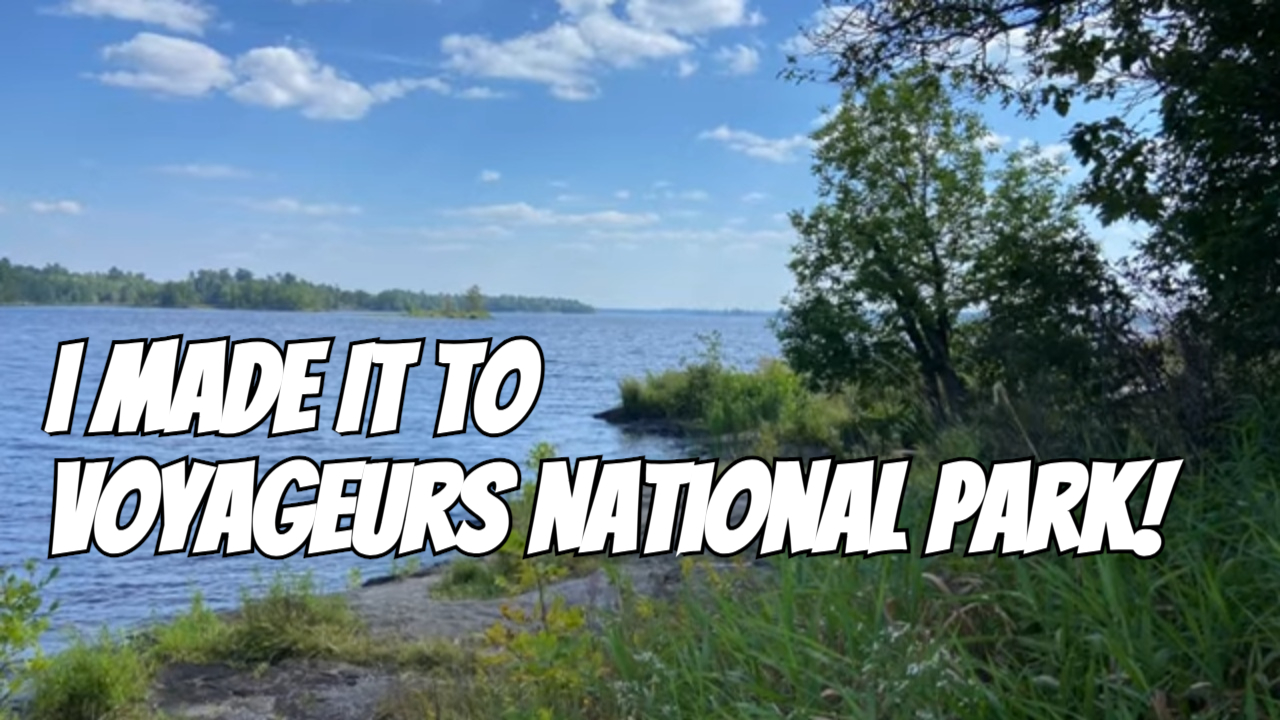
Written by Nancy Carter of Making My Own Lane
This article contains affiliate links. We will make a commission when you make a purchase at no cost to you, but it helps keep me on the road! Thanks for your support.
Voyageurs National Park
Established as a National Park in 1975, Voyageurs National Park is named after the French Canadian voyageurs who hunted, fished, trapped and traded furs from these waters and lands.
This beautiful area in northern Minnesota covers 218,000 Acres of remote Lakes forests and islands.
Water makes up more than one-third of the park, and the best way to explore the park is by boat.

What is the closest city to Voyageurs National Park?
The closest city is International Falls, Minnesota, the coldest town in the nation, with a population of about 5,800, where you can visit the Smoky the Bear monument or shop for essentials or touristy items.
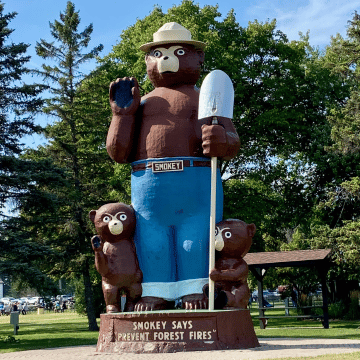
I’ve been told that International Falls is the closest experience you can get for Alaska, without leaving the Continental United States.
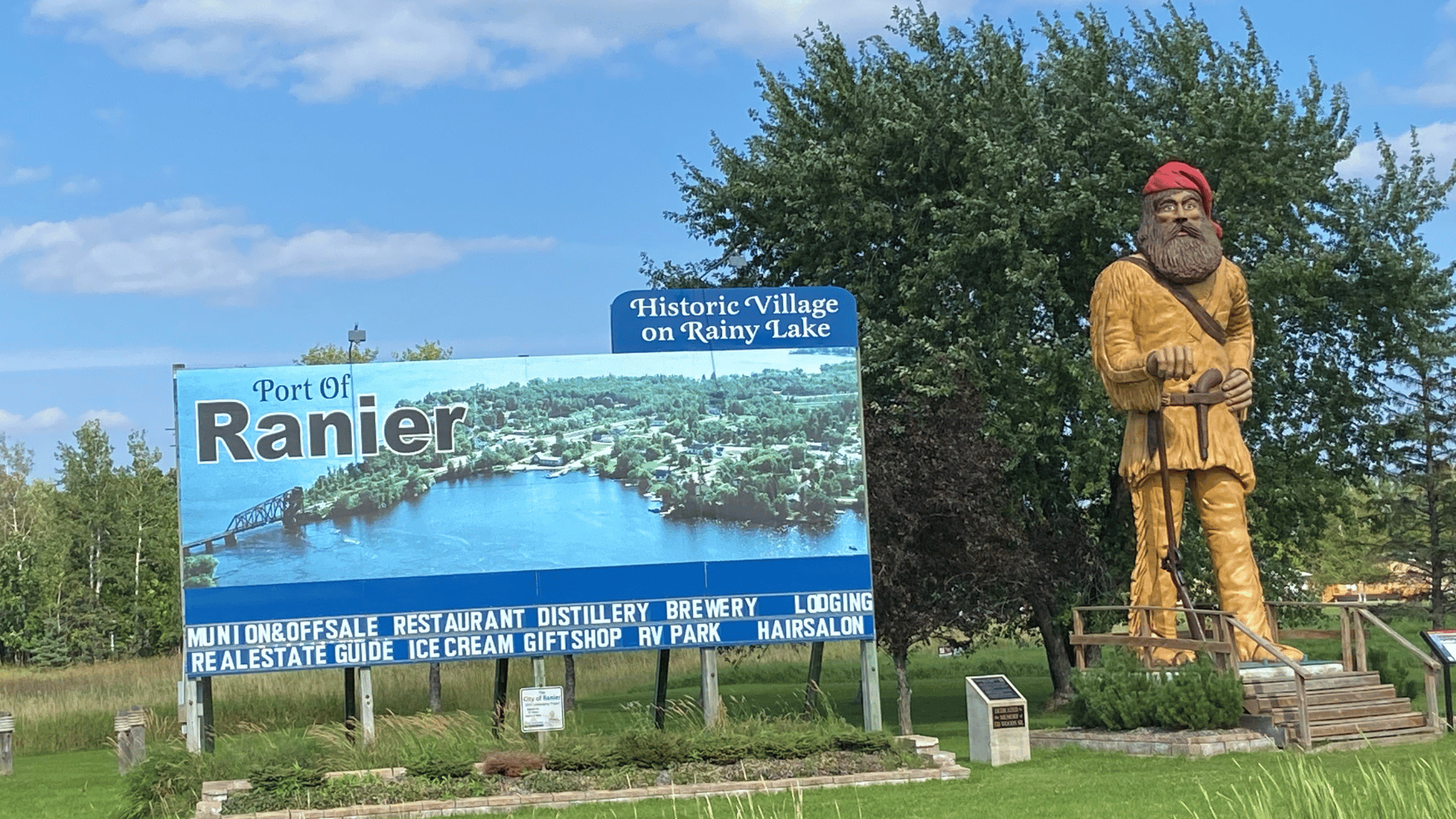
It’s about 2 miles from the Rainy Visitor Center, the westernmost of the three Visitor Centers in Voyageurs.

With about 240,000 people that visit Voyageurs National Park each year, it is one of the least visited National Parks, which was perfectly fine with me. I found it to be a place of peace and solitude, where I could sit by the lake and read a book or stare up at the stars for hours.
Check out my summer reading list here, and bookmark it for to see books I add to the list as I read them!
Where did I stay in Voyageurs National Park?
I chose The Pines of Kabetogama as my base camp for my stay because of its central location to all three ranger stations and its amenities.

Many of the other camps in this area are very remote and/or first come, first served; however, there are a few other “resort fishing camps” around.
I did check out the Wooden Frog Campground while I was there. It was primitive, providing only the basic needs for a camper. The reviews I read said the sites were “spacious”; however, I can’t imagine getting anything larger than a van down those roads or into those sites.
For tent camping, it would be great, as long as you’re OK with vault toilets, no electricity, and no running water.
But, the beauty of Voyageurs is its remoteness and the opportunity to reconnect with nature.
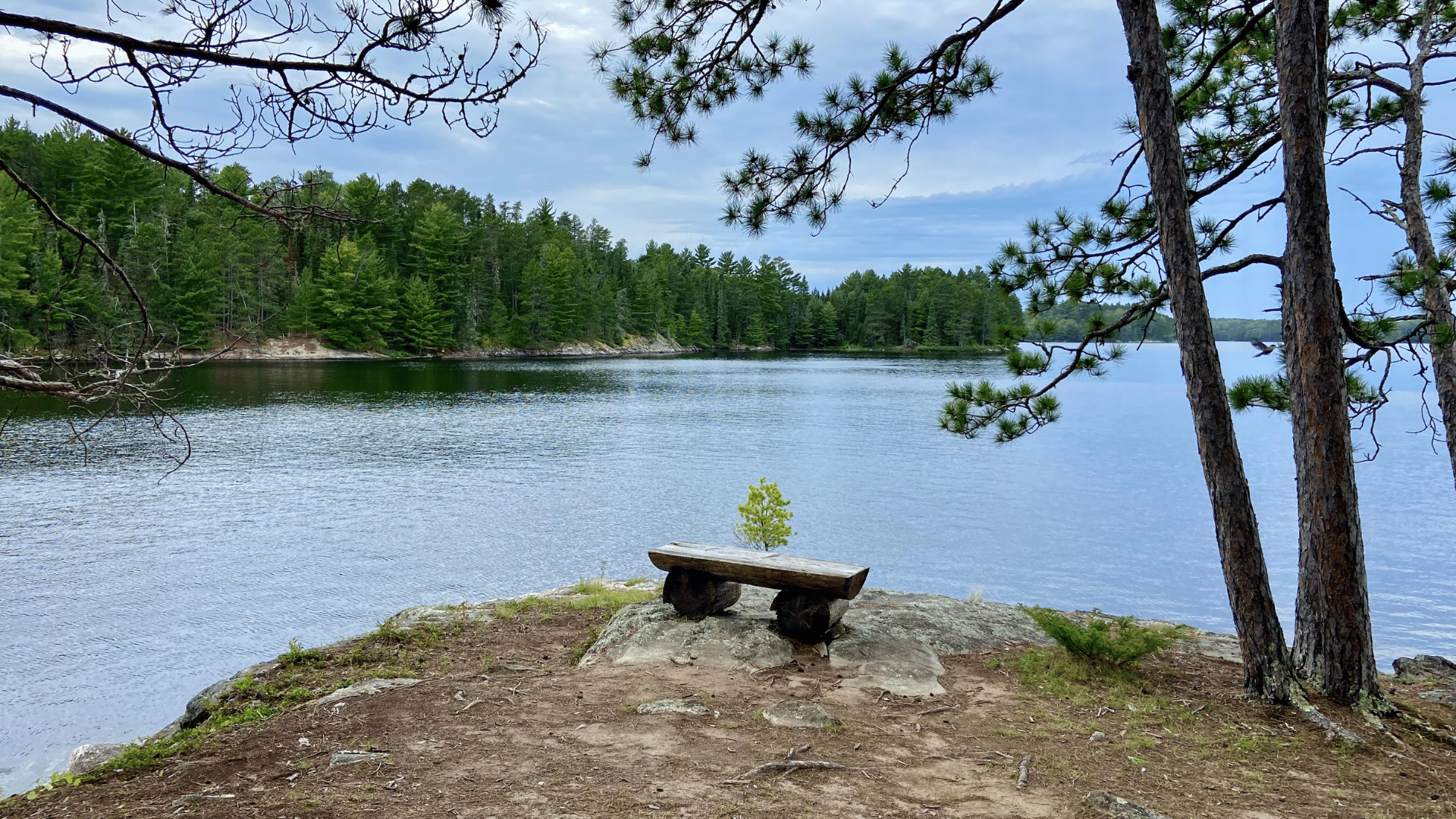
I wanted the luxury of hot showers, laundry, boat rentals, and the promise of a text if there were Northern Lights, which sadly did not happen during my stay there. (I missed them here by one night).
At the Pines of Kabetogama, there were two “levels” to camp on. The lower level, where I was. Closer to the lodge and the water.
Or you could choose the “upper” level, high upon a flat cliff. The views were spectacular, and there was plenty of room for larger rigs. But, you had to get up the cliff on a rocky dirt road with a pretty sharp turn. And then get back down.
There are also really nice cabins, if you don’t have an RV.
The waters were a little rough most days so I stuck with the Ranger Boats and tours. But, so many people brought their own boats.
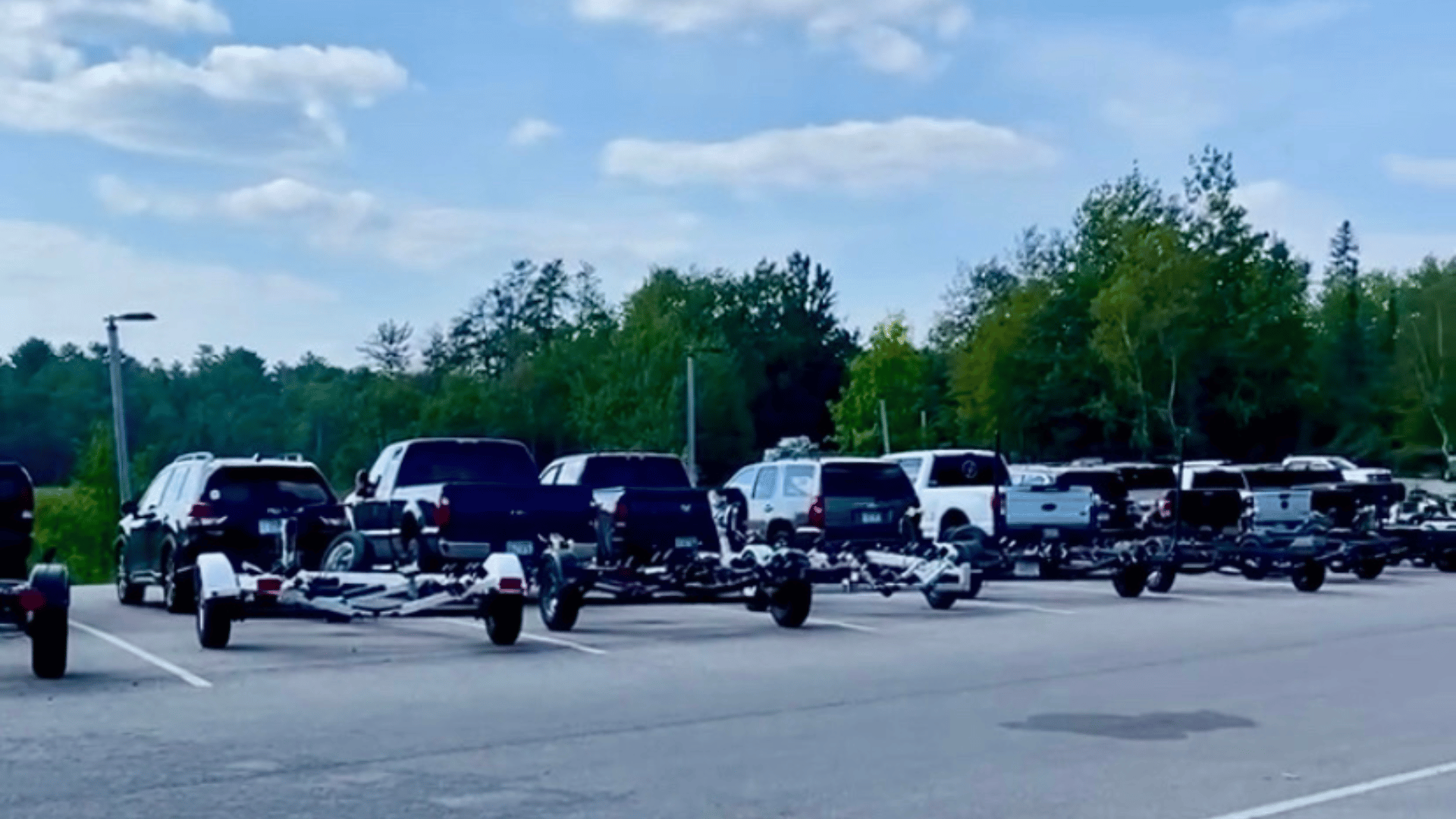
Voyagers is a dark sky park, meaning at night lights are supposed to be off so it's very dark to allow you to enjoy the beauty of the stars and skies.

Even though this is a very remote area of the US, there were plenty of local stores to buy essentials you might have forgotten.
What is there to do in Voyageurs National Park?
Visit the Three Visitor Centers.
My first stop was Rainy Lake Visitors Center, about 30 minutes away from my Campground and 20 minutes away from International Falls. Yes, 2 miles, or 20 minutes away.
While I did not get to see the elusive moose on this trip, there was one in the visitor center.
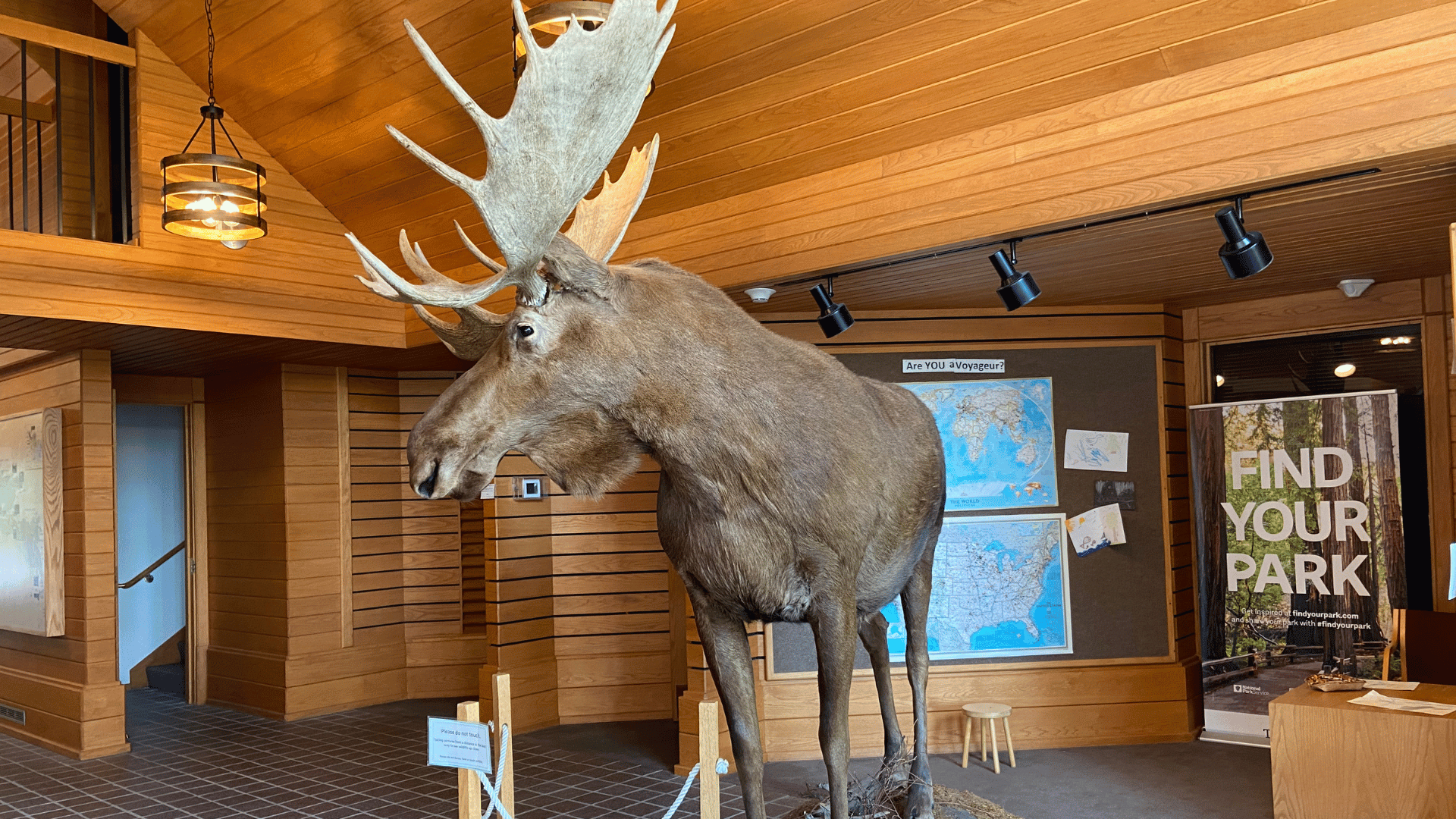
Is there an entrance fee for Voyageurs National Park?
This is one of those rare National Parks that does not require an entrance fee.
There are over 150 remote campsites that you can reserve on the islands that are only accessible only by boats or by kayak.
The best way to experience Voyagers is by boat. You can rent private boats with or without guides or you can bring your own boat.
Another way to enjoy Voyagers is to rent a houseboat and explore all four of the park's major lakes - Rainy, Kabatogama, Namakin and Sand Point.
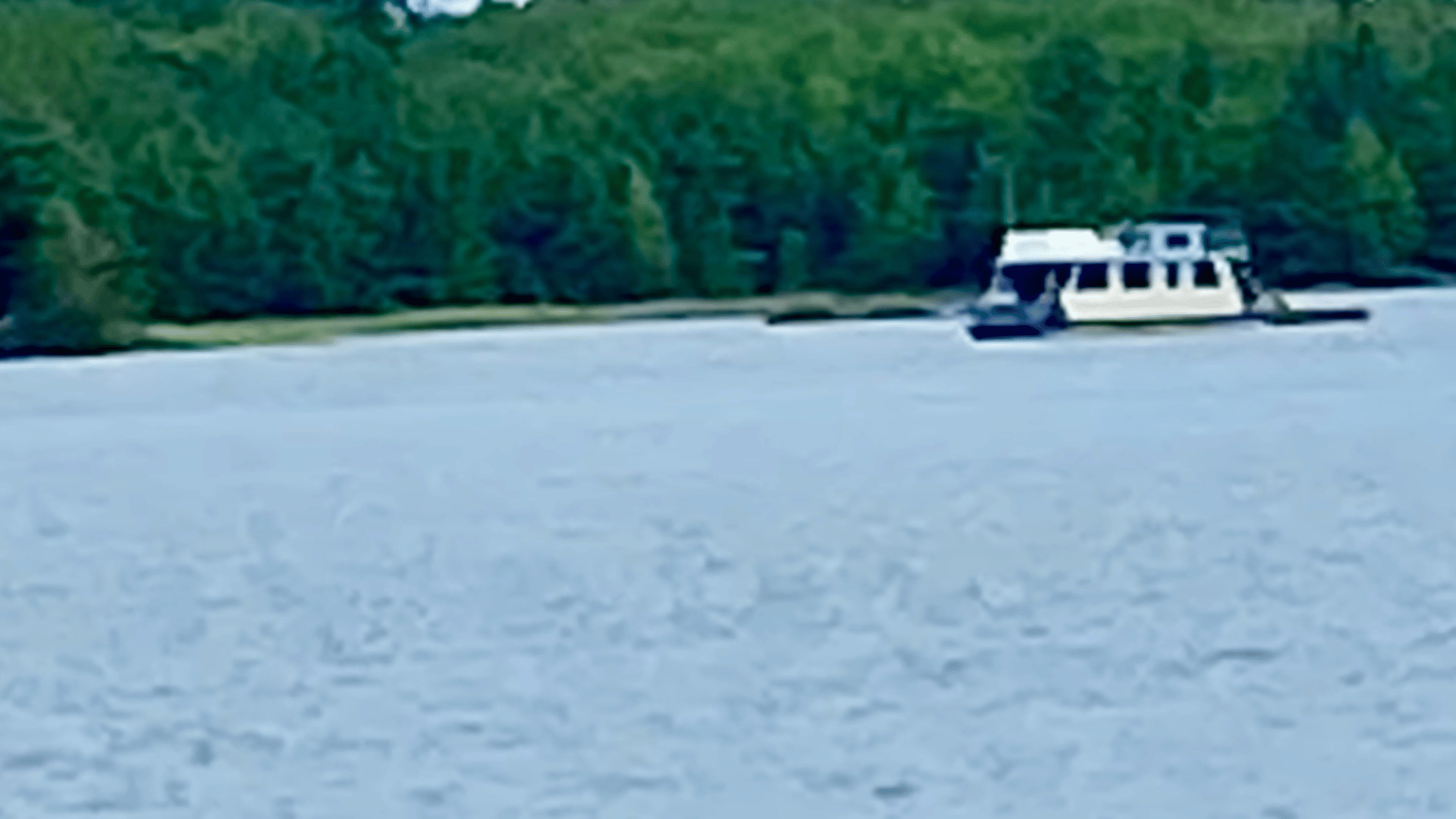
The next day I visited the Ash River Visitor Center, in the historic, Meadwood Lodge, which is where my boat tour to Kettle Falls was leaving from.
The Lodge was built like a log cabin, and was well worth taking your time to explore its many nooks and crannies filled with history of the area.

Ash River was about 20 minutes east of my campground.
Are pets allowed on the trails?
Pets were not allowed on many of the trails here, but there were plenty of trails at my campground to walk my dogs.
While I was here I saw deer, bald eagles, beaver dams (no beaver) and even a turtle crossing the road, but no moose.

On day three, I explored more of the area and some of the trails near the Ash River Visitors Center and I visited the Kabetogama Lake Visitor Center. It is the largest Visitor Center, less than 10 minutes from my campsite.
The water in September was crystal clear and cold. Not really good for paddleboarding, although I did consider it, until I put my feet in the water.
Kettle Falls Boat Tour.
Day four was my highly anticipated boat tour. Boat tours run from all three Visitor Centers. I recommend booking your tours in advance if possible because they do fill up quickly.
I was lucky to get the tour I wanted. The Kettle Falls Tour. On this tour, you get to follow some of the same route that the original voyageurs would have canoed through Rainy and Namakan Lakes. How cool is that?
Because these tours were all ranger-led, you can save 50% off each tour if you have the America the Beautiful Senior Pass.
When you turn 62, you can buy this pass for just $80, and it is good for the rest of your life provides access to hundreds of recreation sites managed by these six federal agencies:
- National Park Service
- US Fish & Wildlife Service
- Bureau of Land Management
- Bureau of Reclamation
- US Forest Service
- US Army Corps of Engineers
and discounts on ranger-led tours and camping!
Learn more about the National Park Service senior pass here. You can buy the pass online, or avoid the extra "fee" and pick one up at any National Park Service office in a National Park.
The Kettle Falls boat tour first stopped at the IW Stevens Resort, a beautiful, once year-round residence and now one of 13 visitor destination sites in Voyagers National Park.
The smell of the jack pine forest is so amazing. Like a pine forest on the ocean, but the ocean is actually a lake.

There is ongoing restoration throughout the park to ensure that we can learn about the people who chose to live a life of solitude and live off the land in this remote location.
Our next stop was The Kettle Falls hotel, where I enjoyed a delicious lunch of freshly-caught walleye.
The Kettle Falls Hotel was built in 1913. It's the only lodging within Voyagers National Park. There are three villa-type rooms that can house up to four people each.

Kettle Falls is only accessible by boat or float plane. In the winter, you can also get there by snowmobile.
For a unique experience, be sure to check out the bar at the hotel, nicknamed the Tiltin Hilton because of its sloping floors.
On the way back to the Visitor Center, we passed an old logging camp, which is now used for a free teacher workshop for teachers to learn more about this unique area and bring the park back to the classroom so that students can learn and understand the importance of preserving national parks today.
Here’s the link, if you'd like to know more about the Voyagers Conservancy Teacher Program.
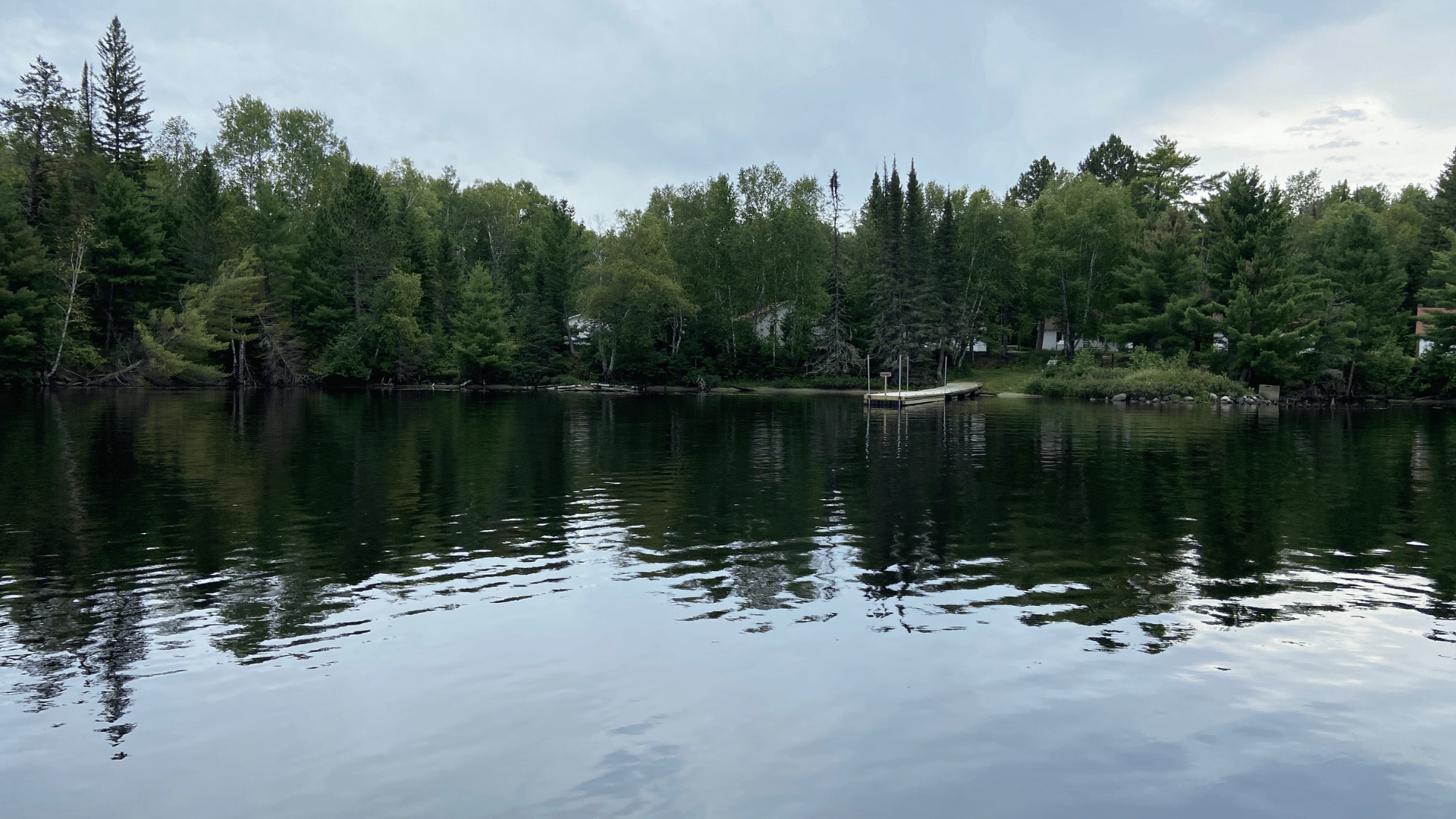
Where can I stay at Voyageurs National Park?
The Kettle Falls Hotel, that I mentioned earlier, is the only "hotel" in Voyageurs National Park.
There are some private campgrounds, including the Pines of Kabetogama, where I stayed, and some fishing camps.
And some remote campgrounds, like the Wooden Frog Campground, or you can camp on an island within the park.
I met a very adventurous woman that had reserved one of these islands to camp on, by herself (no dogs are allowed on the islands).
She worked with a local kayak outfitter, and headed out to her island, only to realize that the current was stronger than she anticipated.
She did eventually make it to her island paradise, but used a boat pick-up service through her outfitter to get back to the mainland.
For a very unique experience, you can even rent a houseboat!
Was Voyageurs National Park worth visiting?
Absolutely. It was one of the highlights of my trip. To see that such untouched, pristine areas still exist, and to learn how others lived in this sometimes harsh environment made me feel very connected to others who just prefer to be alone with their own company.
If you have any comments, suggestions or questions about Voyageurs National Park, or if you would like to know when I publish a new article, you can message me here.
Thanks for joining me on my journey of full-time RV life.
Subscribe below for updates as we travel and continue to enjoy and learn more about life on the road.
Thank you for subscribing!
Have a great day!
Other posts you might like:
How to tell if RV Life might be for you

Hi there! I'm Nancy.
In 2023, I ditched my heels for hiking boots, sold my house, and decided to travel the US full time in my 2005 Lazy Daze Class C RV.
I love to share the places I travel to and what it's like to live in an RV full-time.
If you have ever thought about hitting the road and traveling in an RV, either in your free time or full time, you are in the right place!
Follow along for weekly blog posts about my adventures as I travel the US with my two dogs, Rufus and Willie, and my cat, Katie.
